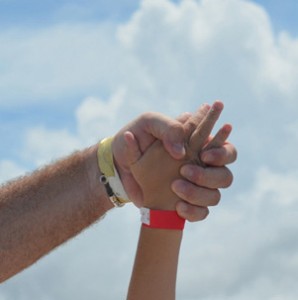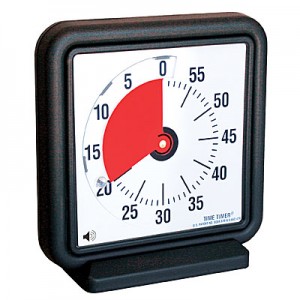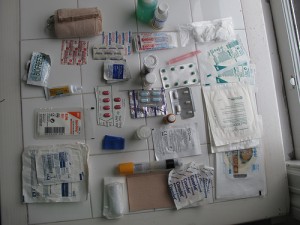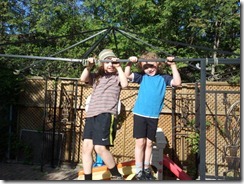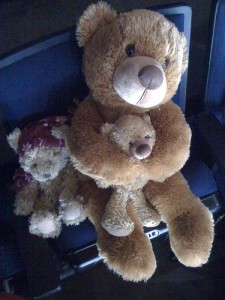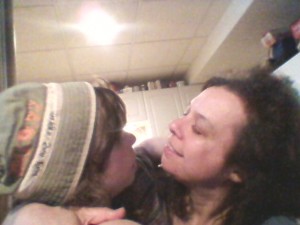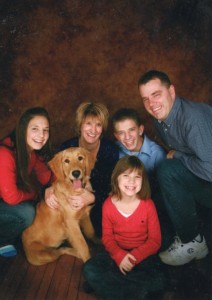Today’s prompt in the National Health Blog Post Month challenge invites participants to talk about disclosure. How do we decide what to share and what not to share in our posts?
This is a question I grapple with from time to time, as all bloggers should. As soon as you put any aspect of your life onto the Internet, you can say goodbye to privacy. Sometimes that really doesn’t matter. There’s no danger in me posting my race times and less-than-flattering photographs of myself in motion. Any Joe on the street can go online and look up my race times anyway. Since that information is publicly available, I may as well post it in my blog where I can brag about it a little.
I am equally open about my son’s autism and the challenges it presents to my family. This is where the question of disclosure becomes a little tricky, because I am being open about people other than myself. There are certain things that I will not discuss on the Internet, but in general I talk quite freely about the lives of my kids, and to a lesser extent, my husband. It is one thing for me to talk about myself, but my right to make that decision on behalf of my children is a bit of a gray area.
My blog serves multiple purposes. It’s a form of expression for my socially anxious, bad-at-verbal-conversation self. Writers as a breed tend to be a little neurotic and introverted, and I am no exception. This is how we communicate. Writing gives us a voice that we wouldn’t otherwise have.
Apart from fulfilling my own need for self-expression, my blog gives hope to other parents of special needs children who might be feeling a little lost and alone. From time to time, I get emails from readers telling me how my writing has made them feel less overwhelmed, and more able to cope. Those emails make everything truly worthwhile, because at the end of the day, what I want is to do my small part to make the world a better place for our kids, for the parents and siblings, for everybody.
At the same time, I hope to smash the stigmas surrounding autism, and the way I see it, the best way to do that is to be frank about it all. People are afraid of what they don’t understand, and in talking about autism, I hope to give it a human face, to give people the message that although there are little kids with autism, they are first and foremost little kids.
There are aspects of my kids’ lives that I will never talk about on my blog. My basic rule is this: if I cannot talk about it in public, I cannot talk about it on my blog. I agonize over many of my posts, weighing the benefits of sharing information against the risk of anyone getting hurt. I have written entire posts and then deleted them without publishing them.
It’s a delicate balancing act sometimes, and I find that as long as I listen to my gut instinct, it’s OK.
How do you decide what information to share on your blog? Have you ever shared something and later regretted it?
(Photo credit: John “Pathfinder” Lester. This picture has a creative commons attribution license.)







